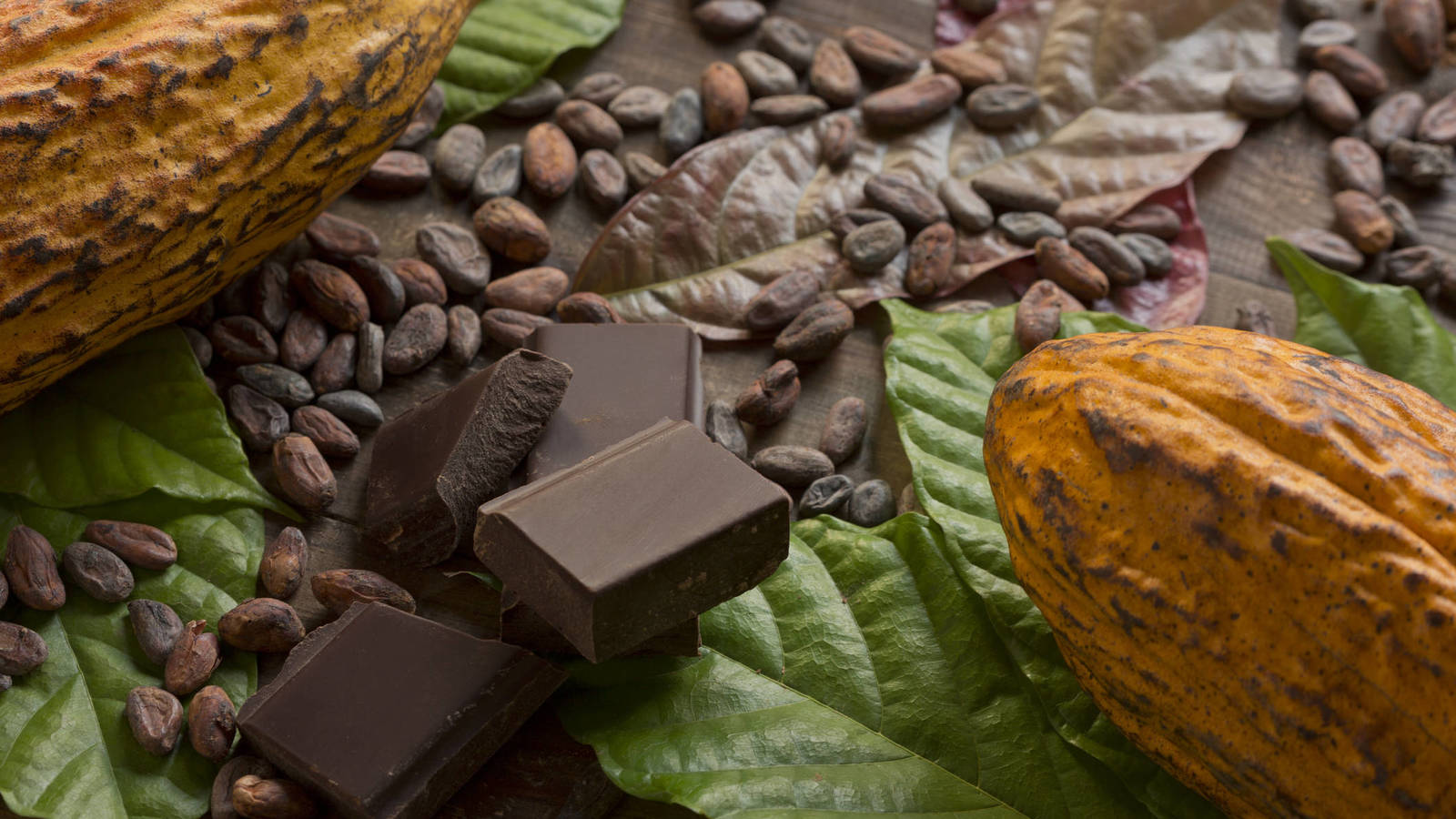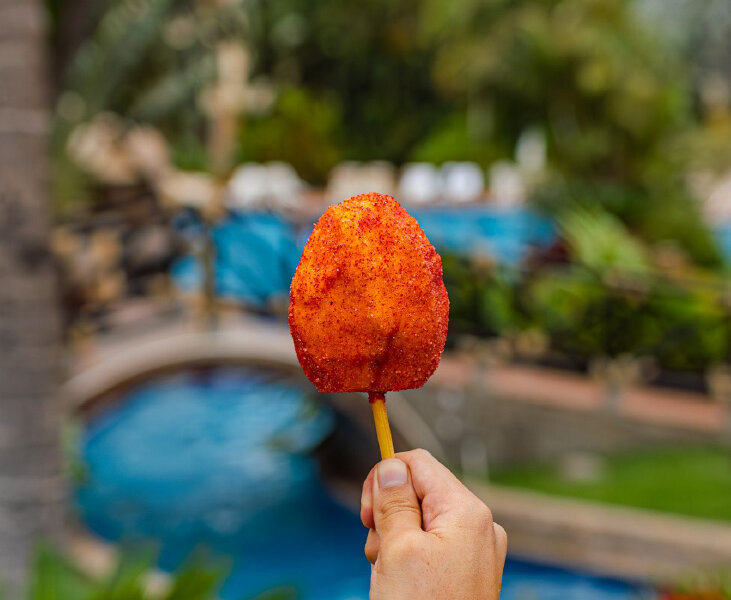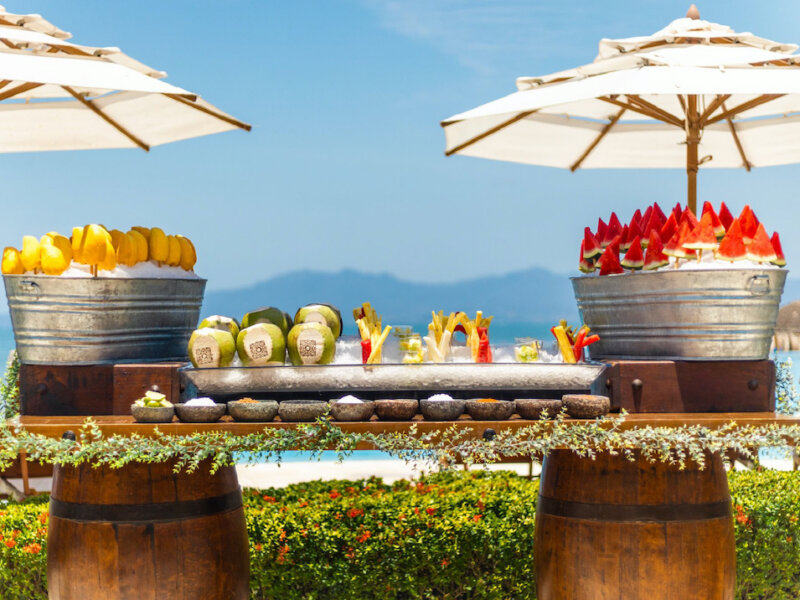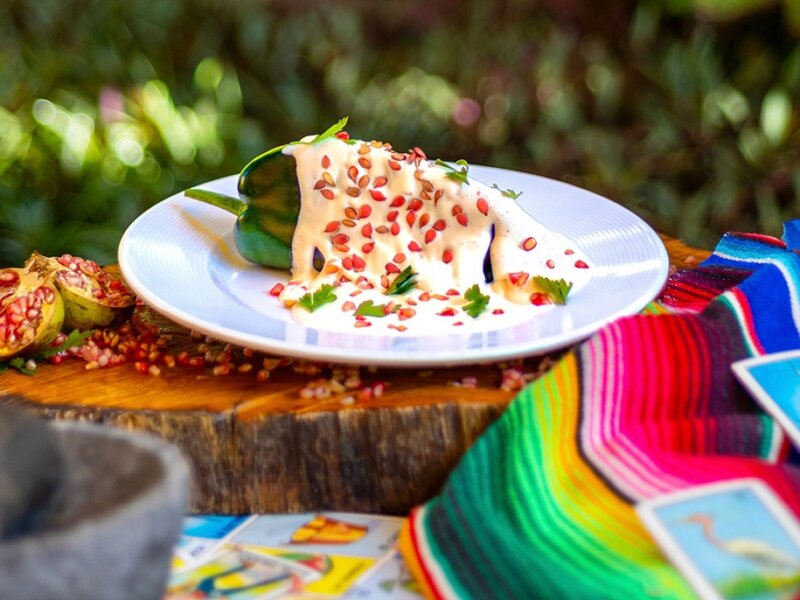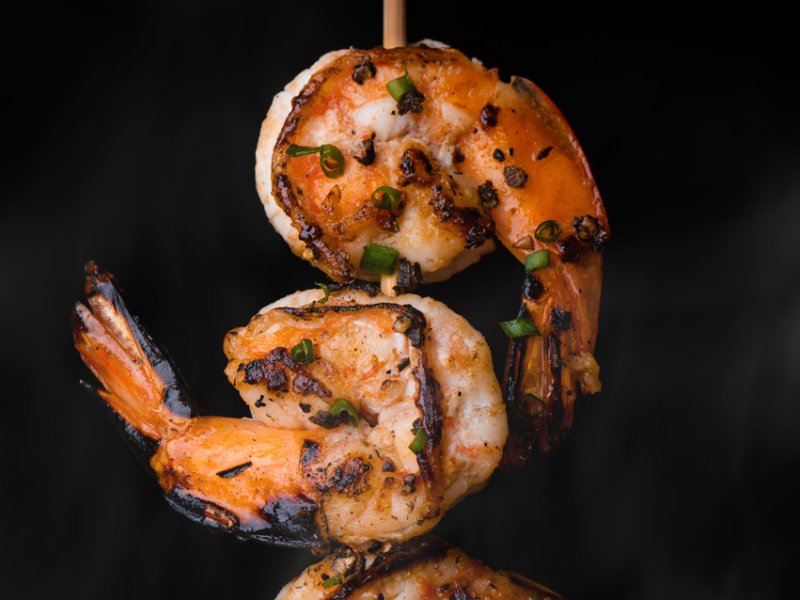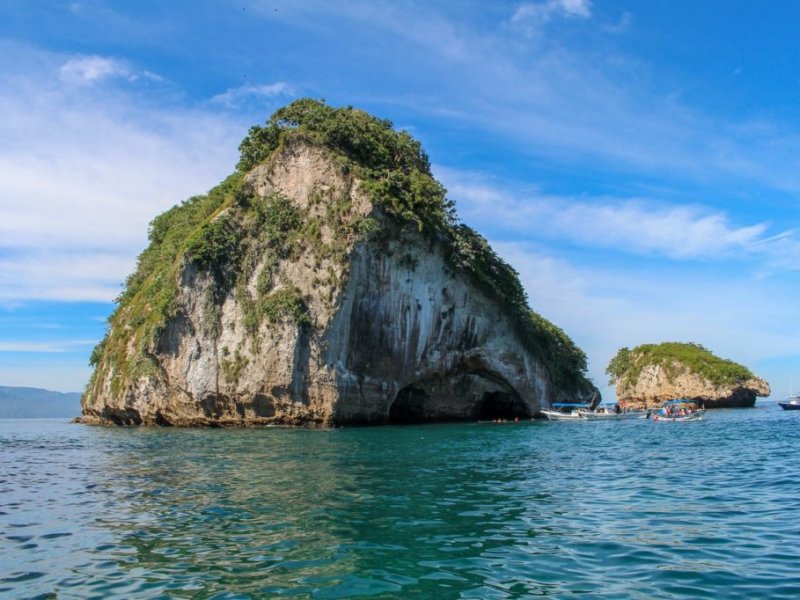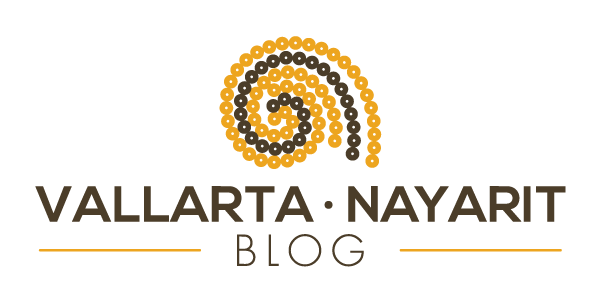What is the origin of chocolate in Mexico?
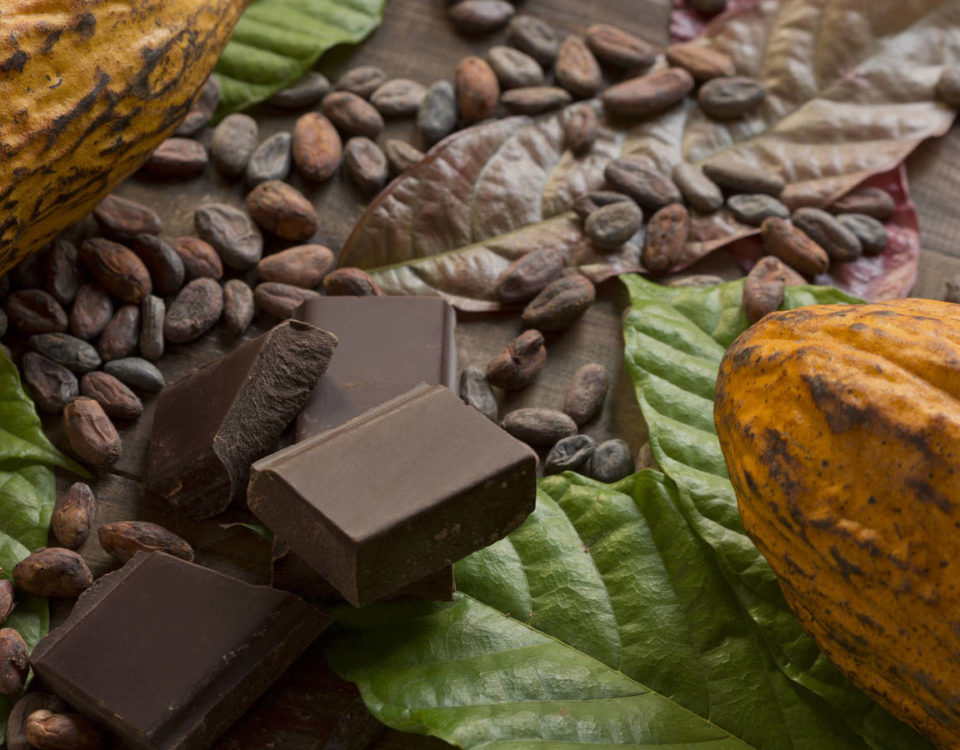
It’s amazing that a shiny yellow fruit, the traditional cocoa, is the main ingredient of those delicious chocolate bars we delight in. First harvested in pre-Hispanic Mexico, pre-Colombian people used to consider the grains as a symbol of richness. During that time, settlers claimed that this fruit was a gift from gods.
According to some historians, Quetzalcóatl, the god of knowledge, went down through a thunder of the morning star of Tollan, a Toltec town. His main goal was to provide the inhabitants with the tools that allow them to become great artisans, sculptors, and architects. He also gave them a number of gifts such as corn, beans, and a small tree he had stolen from his brothers as it was worthy of the gods: the cocoa.
This made the other gods go mad. In order to take revenge, Tezcatlipoca, the god of darkness, came down to earth through a cobweb and disguised as a merchant. He offered Quetzalcóatl the fermented sap of the maguey (agave): pulque. As the god of knowledge really enjoyed the flavor, he got drunk, behaved in an embarrassing way, and lost his mind in front of the Toltecs.
He woke up in the morning with a strong headache and a bitter flavor on the lips. After envisioning the last night, he was not able to stay on earth and decided to return to the evening star, his house. On his way home, Quetzalcóatl stopped by the Nonoalco beach, where he spread the last cocoa seeds, a gift that flourished and the one we share with the world today.
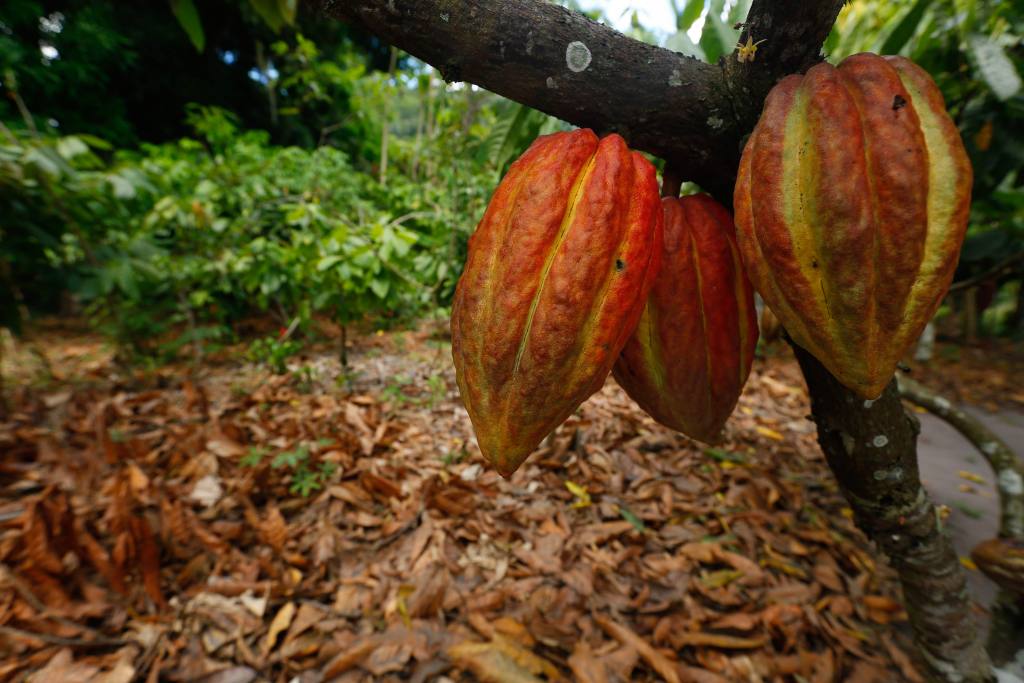
Theobroma cacao is the scientific name of the cocoa tree, and means “food of the gods.” It’s 13 – 26 ft (4 – 8 m) high and the pods are brown or red ovoids that contain 30 to 40 white bitter seeds, of which 500 are needed to produce one kilogram of chocolate. But where does that sweet flavor come from?
The crop
From the moment cocoa pods are on the trees, the process of making chocolate demands attention to detail. The farmers must be masters to get a high-quality product. The fruits are hand-collected to avoid damaging the plant and, of course, the crop must be in the appropriate stage of maturity. The fruit must be opened the same day to get the seeds out and continue with the next step.
Fermentation
This is a two-stage process: the first one consists of putting the grains inside an airless container, where a natural chemical process occurs, giving gasses and alcohol off that help concentrate the flavor and aroma. The next stage starts on the third day; the grains are stirred with special instruments to let the air in, turning the color of the seeds from white to brown.
Drying
After the fermentation process, humidity levels are high. It is common to dry them in the sun, constantly stirring to make sure it’s completely dried.
After four days, the cocoa grains must have the following characteristics:
- The shells can be easily removed.
- The inside color of the grain is dark or light brown.
- It smells like chocolate.
- It features a pleasantly bitter flavor.
Roasting
The beans are passed on to a chemical process afterward. After the shell is removed (leaving the inside of the fruit), these grains are exposed to a heat treatment to get rid of bacteria. They pass through refining mills and are ground between large grinding stones creating a cocoa paste.
The chocolate
Two essential components of chocolate —the cocoa butter and cake— are gotten after the paste is compacted under heavy pressure. The cocoa cake is ground to get cocoa powder, which is used to bring out the flavor, aroma, color, and attractive glaze traditional chocolate is known for. In order to manufacture a bar of this delicious snack, cacao butter and paste are blended, followed by sugar and a bit of milk to get a liquid, which must be appropriately crystalized to achieve a crunchy texture.
Milk chocolate is the most important, but its main ingredients —paste, cocoa butter, and cake— offer the possibility to manufacture a wide variety of chocolate presentations: dark, white, with dried fruits, fondant, ice cream, cookies… which one do you prefer?
The cultural blend allows creating different chocolate versions. In order to honor this traditional indulgence, Velas Resorts will host the Sabor Cacao event from March 23th to April 12th. Attendees can enjoy the benefits of this ingredient through special meals, Spa treatments, amenities, workshops, and much more.

